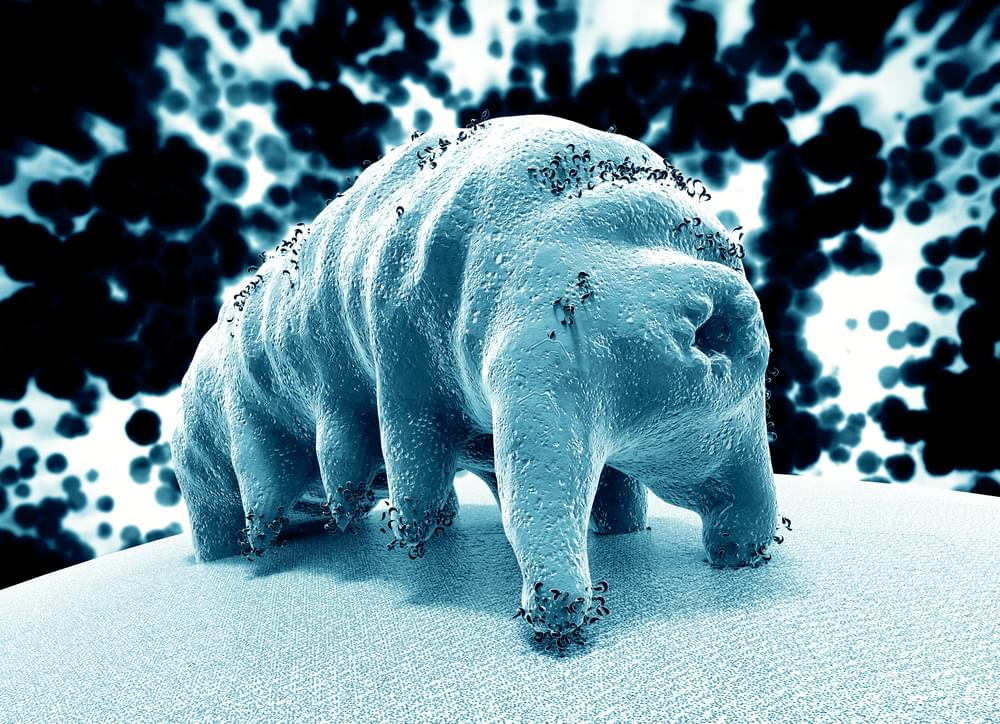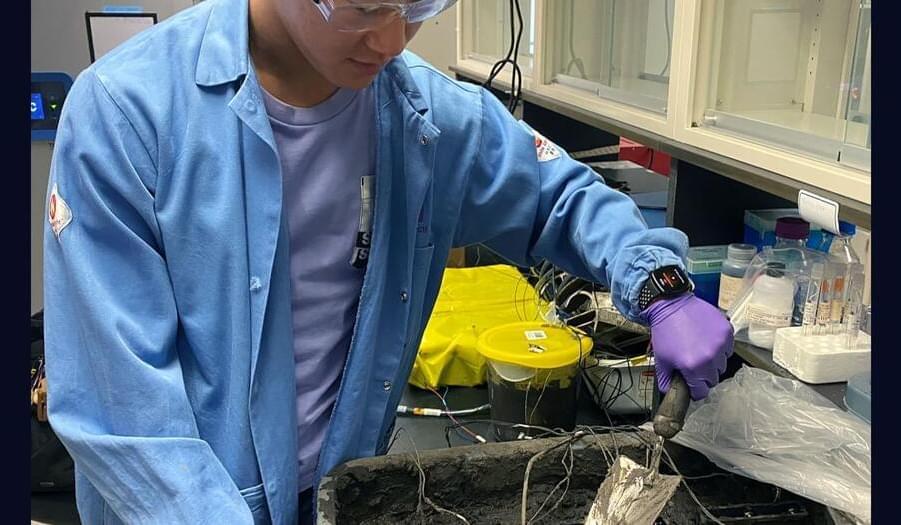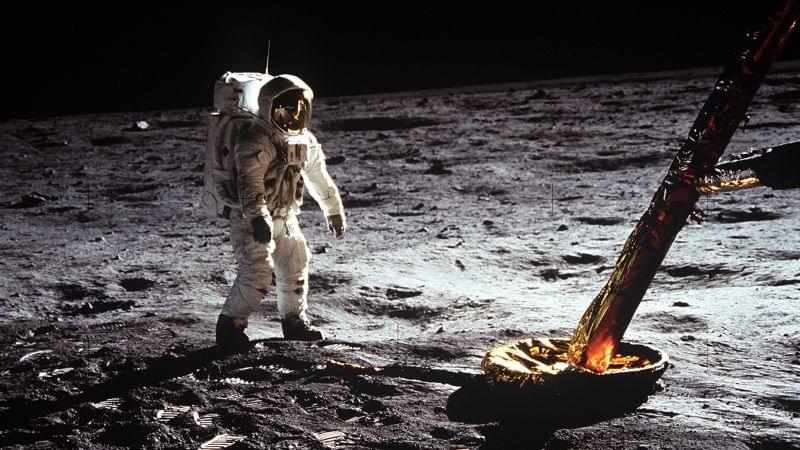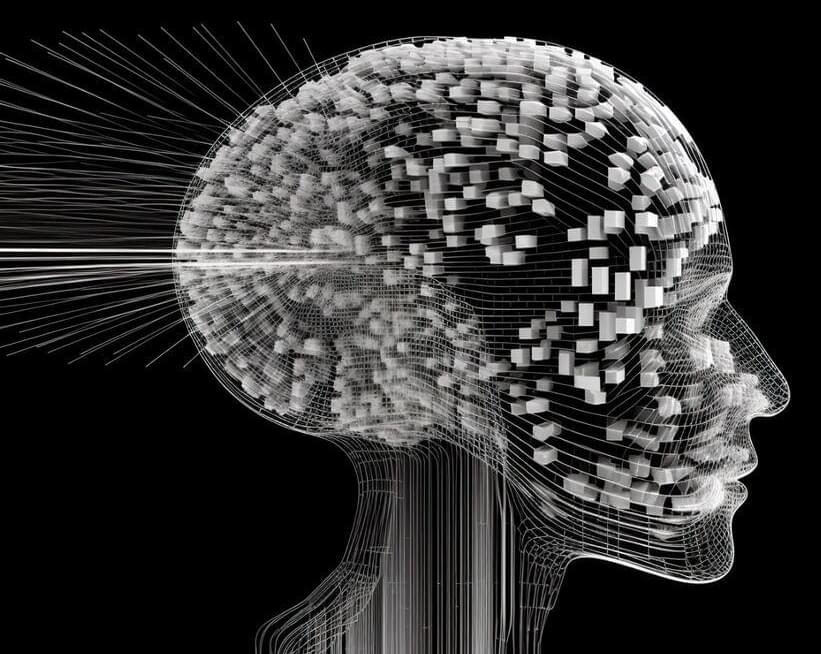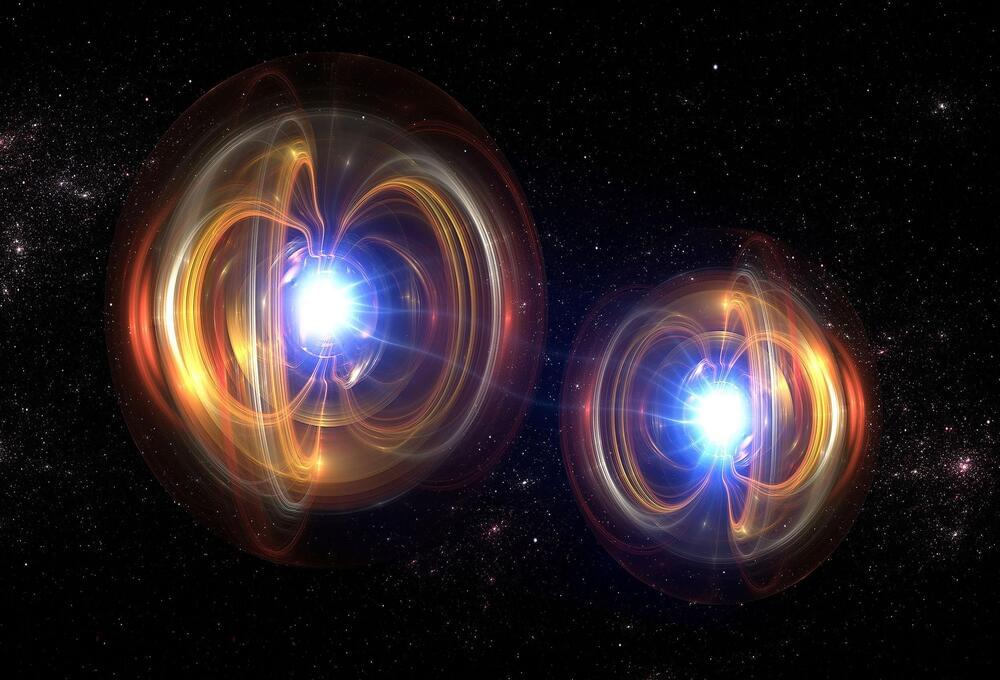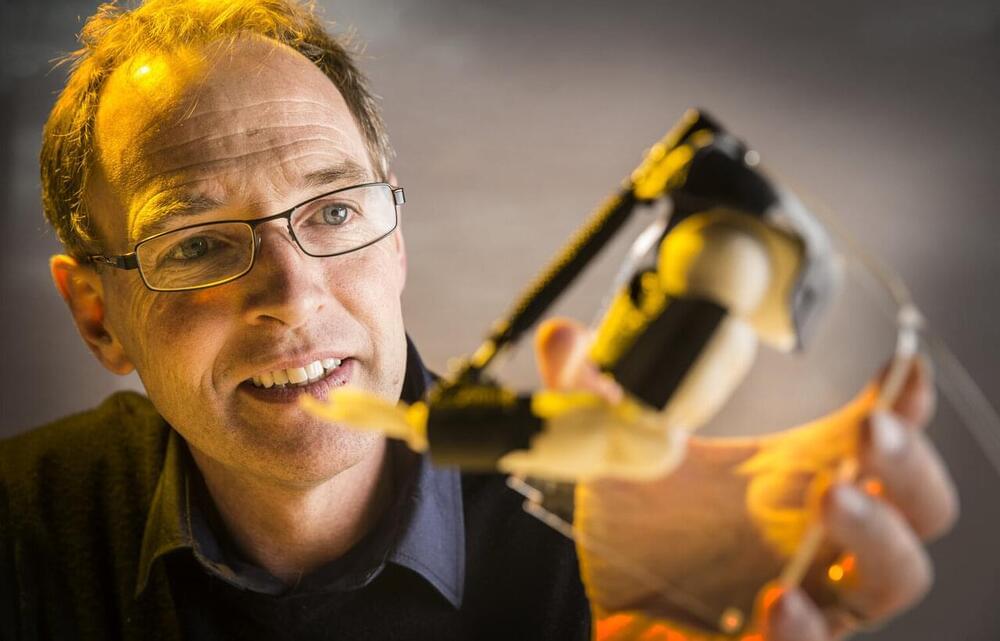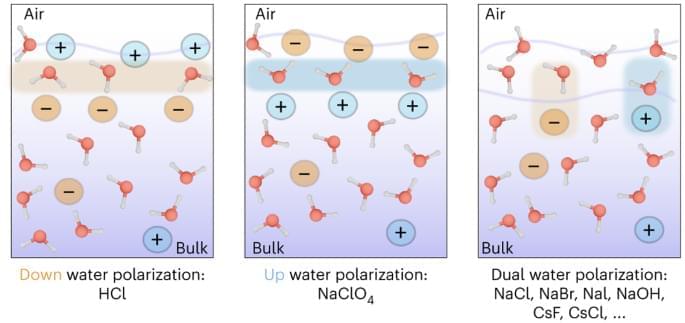Jan 16, 2024
Fantastic Voyage: Cancer Tumors Reduced by 90% Using Nanorobots
Posted by Paul Battista in categories: biotech/medical, nanotechnology
The research, which was conducted on mice, demonstrates how these tiny nanomachines are propelled by urea present in urine and precisely target the tumor, attacking it with a radioisotope carried on their surface.
Bladder cancer has one of the highest incidence rates in the world and ranks as the fourth most common tumor in men. Despite its relatively low mortality rate, nearly half of bladder tumors resurface within 5 years, requiring ongoing patient monitoring. Frequent hospital visits and the need for repeat treatments contribute to making this type of cancer one of the most expensive to cure.
Continue reading “Fantastic Voyage: Cancer Tumors Reduced by 90% Using Nanorobots” »

